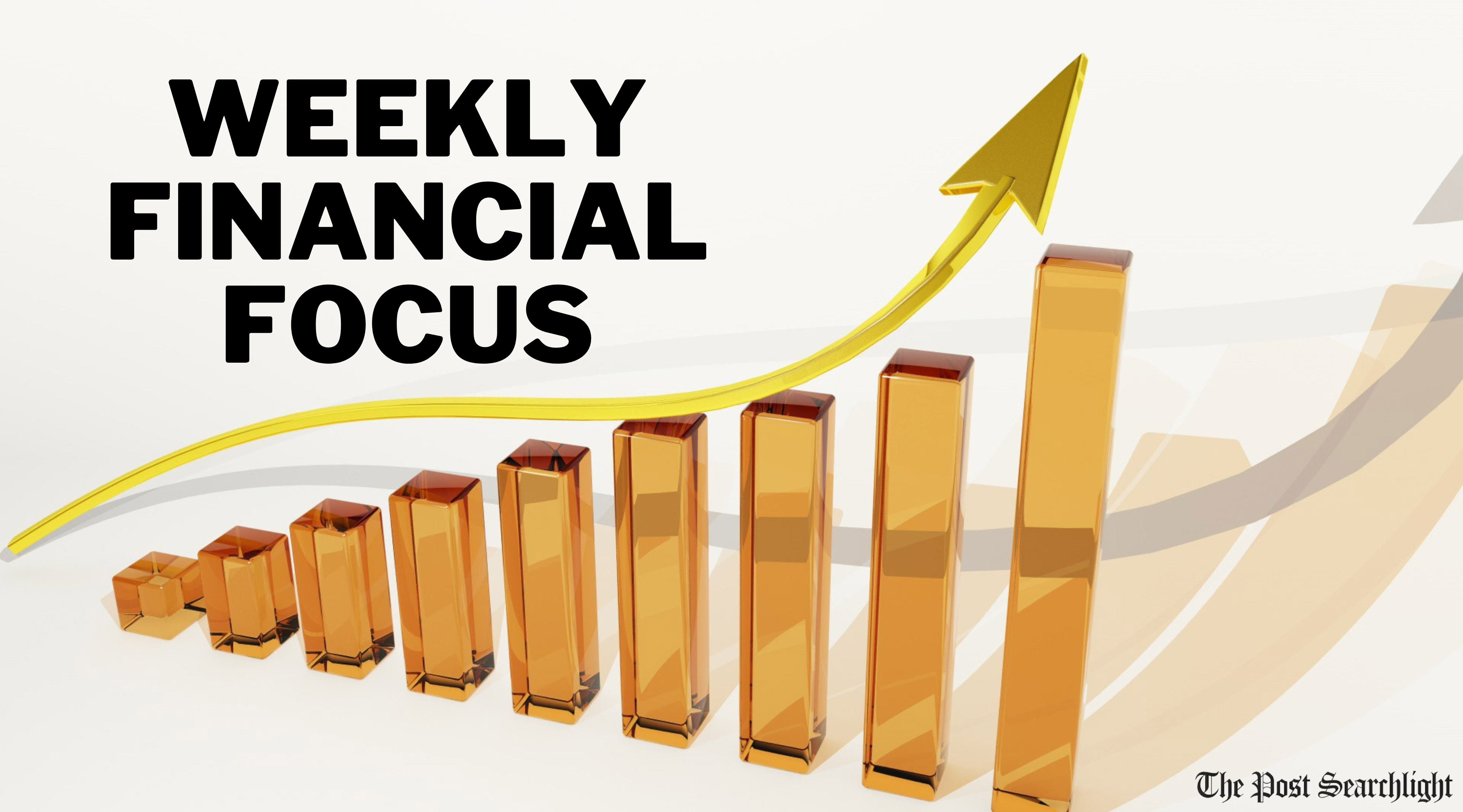How to Respond When Risk Tolerance Is Tested
Published 4:35 pm Tuesday, January 12, 2021
|
Getting your Trinity Audio player ready...
|
When you begin investing, you’ll generally assess your comfort with risk, as your investment choices will be guided at least partially by your risk tolerance. But once you actually experience the ups and downs of the market, this tolerance could be tested.
Risk tolerance may appear less bothersome in the abstract but seem quite different in reality. For example, you might initially think you wouldn’t be fazed by short-term market downturns, no matter how severe. However, when the financial markets really decline, as happened whentheCOVID-19pandemicstrucklast March, you might find yourself being more concerned than you thought you would be.
Before you change your investment strategy, it’s important to understand the potential tradeoffs. By limiting your down- side risk by investing less aggressively, you may also limit your upside potential. You might need to change your strategy in other ways, such as saving more or working longer. That said, the tradeoff involved in reducing your downside risk may be worth taking, if it helps you cope better with wild market swings, as the best strategy may be one you can stick with through the inevitable ups and downs of the markets.
Because market fluctuations are a normal part of investing, here are some additional suggestions that may help you focus on your long-term strategy.
• Look past the immediate event. While the market’s pandemic-driven fall was sudden, its recovery was also fairly quick. Eight months after its March meltdown, the market had regained all the lost ground and reached a new record high. During the midst of what appears to be a real threat to your investment portfolio, it can be difficult to anticipate a more favorable environment. Yet, while past performance can’t guarantee future results, every historical market decline has been followed by a recovery.
• Understand that the Dow isn’t your portfolio. When the Dow Jones Industrial Average and the other major market indexes such as the S&P 500 fall precipitously (or shoot up), it makes headlines. But the Dow and the S&P 500 only track the performance of large U.S. companies – and while their performance may be an indication of the U.S. economy, they aren’t going to track the results of your port- folio, which should ideally include a personalized mix of large-company stocks, small-company stocks, international stocks, bonds, government securities and other investments.
• Keep your emotions out of your investment moves. The market will fluctuate constantly – but you should always try keep your emotions in check. Excess exuberance when the market rises, or extreme despondency when the market falls, can lead you to make poor decisions. Specifically, we may buy when we feel good (when the markets are up) and sell when we feel badly (when markets are down). Your heart and your emotions may drive your financial goals – creating a comfortable retirement, sending your kids to college or leaving a legacy for your family – but when you invest for these goals, you should use your head.
Your risk tolerance is a key part of your investment strategy. But by taking the steps described above, you can gain a broader understanding of how risk fits into your overall picture – and a better understanding of yourself as an investor.
This article was written by Edward Jones for use by your local Edward Jones Financial Advisor. Edward Jones, Member SIPC





